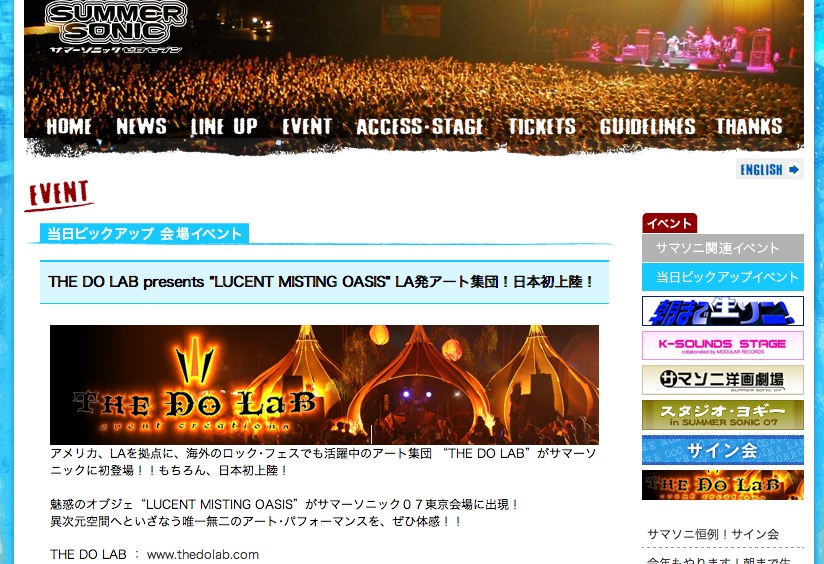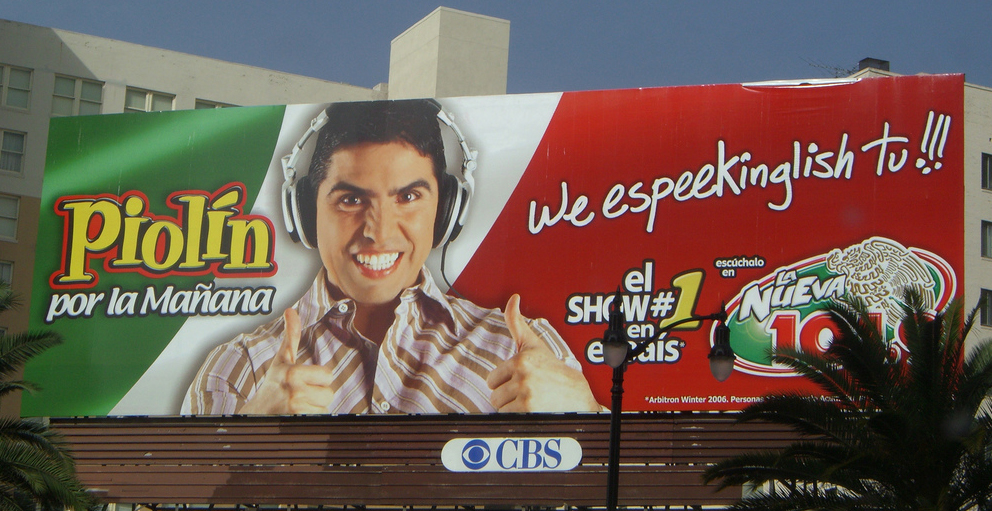there’s a funny story about these birds once.
nature decided to run an experiment in its whimsical way, and cast a bunch of birds adrift on an island called new guinea, essentially without any predators to worry about and a perpetual abundance of food, and then sat around for several million years to see what might happen.
what did happen is the evolution of an obscenely flamboyant species of birds called the birds of paradise.
from national geographic:
No other birds on Earth go about the business of breeding quite like these. To dazzle choosy females, males strut in costumes worthy of the stage: cropped capes, shiny breast shields, head ribbons, bonnets, beards, neck wattles, and wiry feathers that curl like handlebar mustaches. Their vivid reds, yellows, and blues blaze against the relentless green of the rain forest. What makes for the sexiest mix of costume and choreography is a mystery, but it seems the more extreme the better.
unlike their less exotic distant cousins with actual problems to worry about, the 38 species of birds of paradise had no need to waste their time protecting resources or camouflagely avoiding predators. the lack of struggle for sheer survival having made natural selection a non-issue, the new standard of ‘fitness” became style.
cut to 1st-world post-industrial human society. unlike birds, of course, we have more issues to deal with than just courting rituals–tho they are inevitably involved. our obsession with style is not soley about, as the kottonmouth kings say, “something to poke on,” but also very much about somewhere to fit in. the desire to belong to a community may be hardwired in, but then so, it seems, is our need to express that belonging in our identity–our lifestyle.
Adaptations that help an individual survive can sometimes play themselves out through the group. Consider religious rituals.
Rituals are a way of signaling a sincere commitment to the religion’s core beliefs, thereby earning loyalty from others in the group. “By donning several layers of clothing and standing out in the midday sun,” Sosis wrote, “ultraorthodox Jewish men are signaling to others: ‘Hey! Look, I’m a haredi’ — or extremely pious — ‘Jew. If you are also a member of this group, you can trust me because why else would I be dressed like this?’ ”
These “signaling” rituals can grant the individual a sense of belonging and grant the group some freedom from constant and costly monitoring to ensure that their members are loyal and committed. The rituals are harsh enough to weed out the infidels, and both the group and the individual believers benefit.
that quote above comes from a really fascinating new york times article about the evolution of religion (as in, sociobiology stylie) which proposes a set of key psychological factors that could combine to create an intrinsic, biological human predisposition to believe in a higher power. but while spiritual belief may be inherent, if nature is all there was to it we’d be content to experience these beliefs in a personal way. for the truly religious, however, a personal relationship with god isn’t really enough. nurture puts the pressure on to show up at church every sunday so that all the other religious folks can witness this expression of our identity in our attendance.
there is some kind of security we crave that is just as much a drive as anything spiritual, a security that comes from feeling we are being seen for “who we are.” cuz identity without expression is consciousness. it’s the stuff you know about the world and yourself that it’s ok if no one else knows you know. you know. and that’s enough. identity is the shit you feel the need to for the world to see, the stuff you hang a billboard for around your neck.
…and speaking of brands. oh, what? you thought we weren’t? “branding” as we know it today, came from consumer goods factories realizing that they needed a way for their generically-packaged mass-produced products to compete for a market base familiar only with local goods. what initially was just a matter of packaging and insignias then evolved past image, past hype, past essence, past the product itself, to a point where a “brand” is now its consumer identity.
when my purse was stolen my credit card company knew before i did. still under the impression that it had just been misplaced at a friend’s party, and would be discovered after the post-party cleanup, i got a call from mbna about some unusual charges: at jack in the box. i joke that had the thieves gone to whole foods no one would have been the wiser, since the last time i purchased fast food i think i was in high school. it’s beyond just that it’s “unhealthy” and all the other things, it’s that, as my credit card company so effectively pointed out, it’s “not me.”
that’s an essential part of what brands are now: signifiers of what is or is not us. and to a greater extent than ever we are now constantly looking for ways to get “ourselves” across..
it’s like the story about those funny birds, you know…. self-obsession becomes the tradeoff for paradise.






